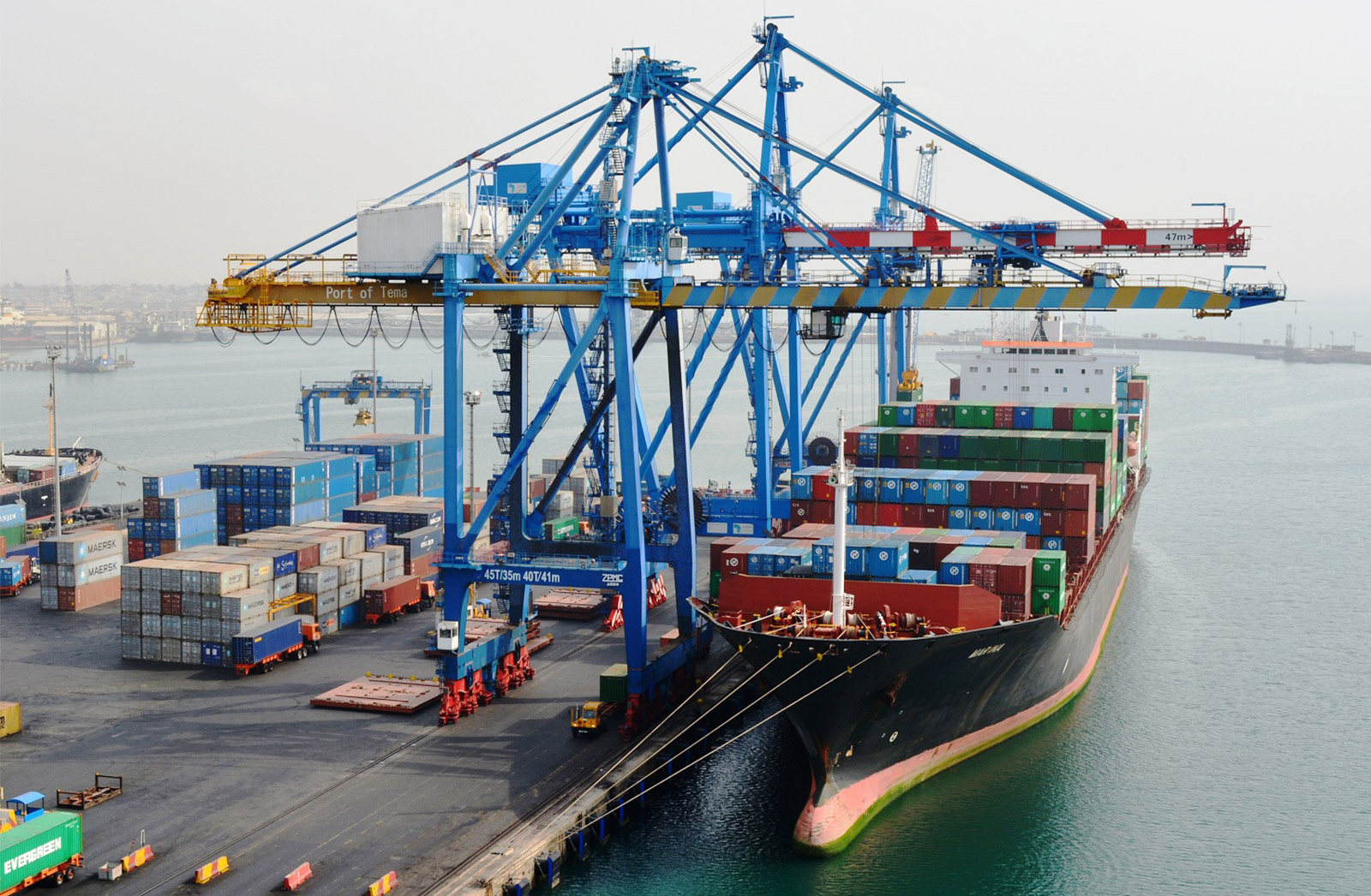Total volume of laden containers handled by the two seaports—Tema Port and Takoradi Port—increased by some 58,816 Twenty-foot Equivalent Units (TEUs) over that of the previous quarter despite the Covid-induced restrictions and disruptions on trade and supply chains, according to the BoG’s Monetary Policy Report for quarter-one 2020.
According to the report, the pace of economic activities at the two ports, as measured by container traffic, improved significantly implying that the virus pandemic has scarcely affected the fortunes of the sector.
“In cumulative terms, total container traffic for the first quarter of 2020 rose by 12.6 percent to 166,685 Twenty-foot Equivalent Units (TEUs) compared with 148,022 TEUs for the corresponding period of last year.
Total container traffic grew by 7.6 percent, year-on-year, to 58,816 TEUs during the review period, up from 54,661 TEUs for a similar period in 2019,” said the report.
There was also a relative improvement in port activities due partly to an uptick in international trade activities for the review period, according to the report.
In March alone, port activity picked-up by 18.1 percent when compared to 49,800 TEUs recorded in February 2020.
Though the BoG data did not give the equivalent in weight, it is likely that has gone up. About 3.5metric tonnes of containers handled in the first quarter of 2019 by the two seaports, in terms of weight.
The 166,685 TEUs figure for first quarter 2020 is higher than the quarterly average for previous year which was 151,413 TEUs considering that total laden containers handled in that year was 605,653.
This figure was a 7.3percent decline over the 653,550 TEUs that were handled by the Tema and Takoradi ports in 2018.
The impressive first quarter results of the dominant maritime sector could partly be attributed to government’s decision to allow port activities to go ahead during the partial lockdown it imposed on the country as part of efforts to fight the coronavirus pandemic.
The BoG data defied the projections of some industry analysts that the disruptions to global supply chains could have dire implications on the country’s shipping business.
The Ghana Chamber of Shipping, for instance, had predicted a 15 percent fall from the 3.5m metric tonnes recorded in the first quarter of 2019.
“We are yet to get the final figures for the quarter, but we estimate that, looking at the disruptions to the supply chain, we are likely to lose about 15 percent of our previous tonnage for same period 2019,” CEO of the chamber Dr. Kofi Mbiah had said in an exclusive interview in March.
If the same rate of growth is maintained, then it is predictable that total traffic for this operational year will be higher than that of 2019 in spite of the raging virus pandemic.
Generally, cargo traffic to the country’s seaports has seen continuous growth over the last decade, with throughput rising from 15.1m metric tonnes in 2014 to 21.5m metric tonnes as at 2017.
There was an 8 percent increase over the 2017 figure to 23.8m metric tonnes in 2018, before it slipped to 20.8m metric tonnes in 2019.
Industry players were upbeat about a promising business year in 2020, banking on the prospects of the ultra-modern and sophisticated MPS Terminal 3 that was opened last year.
